Lifestyle Tips to Help Slow Recurring Vaginal Yeast Infection


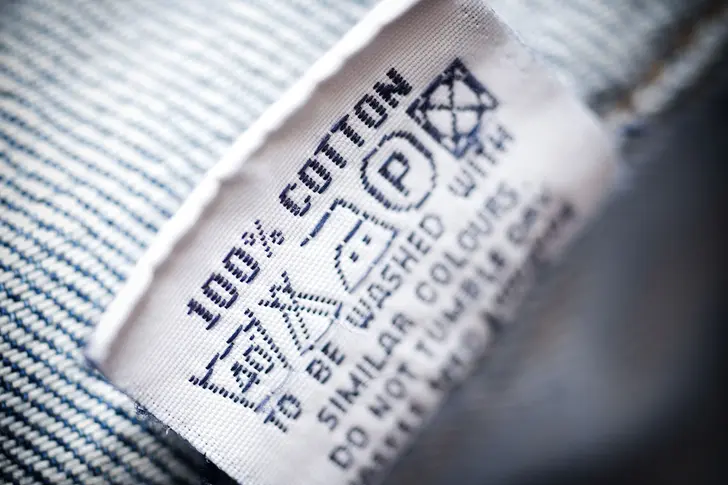
Skip Synthetic Fabrics
Non-natural materials hold onto sweat and heat more than clothes made of linen, bamboo, or cotton. Same goes for non-breathable pantyliners or pads. This can cause an imbalance of yeast and bacteria in the vagina, causing a yeast infection.

Keep Clothes Loose
Tight clothes trap heat and moisture and don’t let air into the area, which creates an environment ripe for yeast growth. Wear clothes that go with the flow to keep things dry and cool.
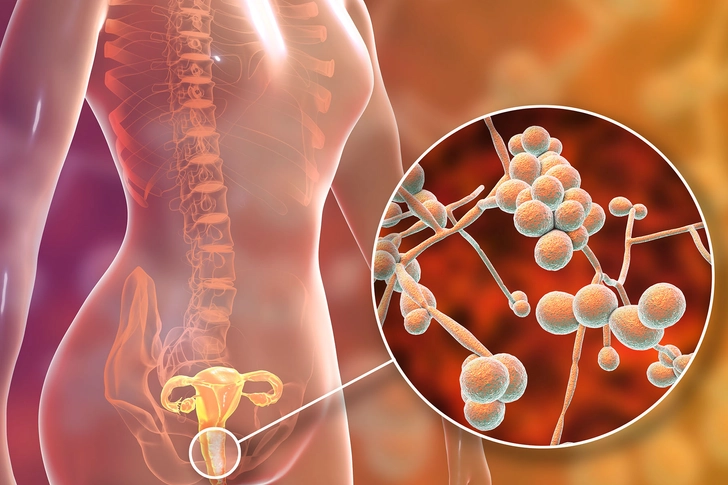
Don’t Douche
The chemicals in products that promise to keep your vaginal area “clean” actually wipe out good bacteria along with the bad, setting the stage for yeast to flourish
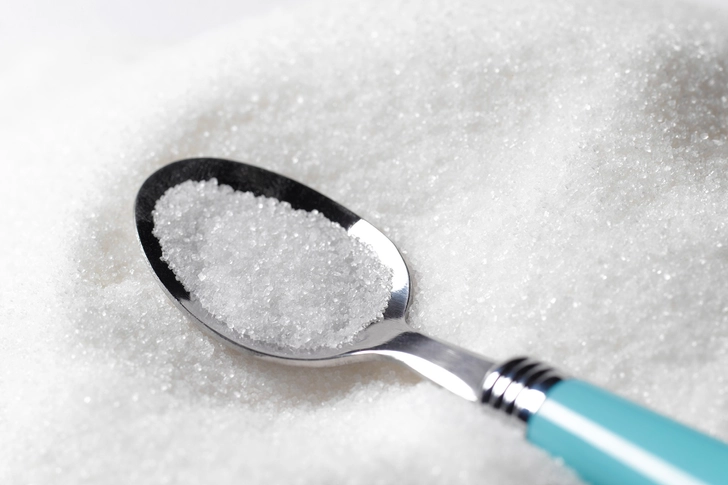
Cut Back on Sugar
Studies show diets high in sugar are tied to a greater risk of yeast infections. Skimp on the sweets and balance out your diet with more fiber-filled whole foods.
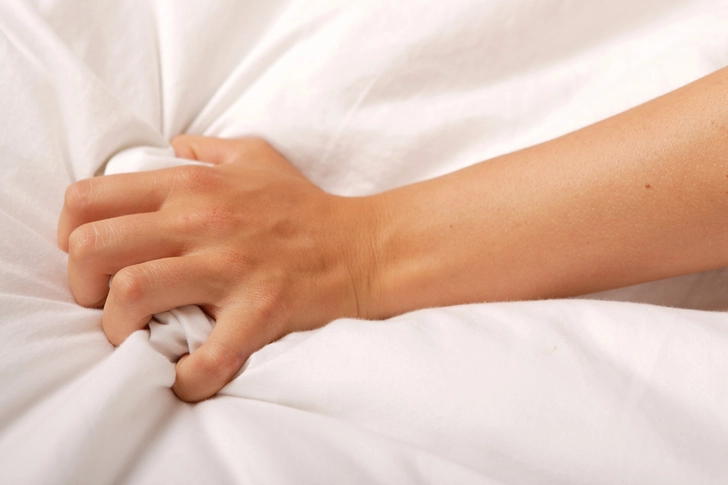
Avoid Oral Sex
Although yeast infections aren’t considered a sexually transmitted disease, mouth-to-genital contact can transmit the problem. If you’re dealing with frequent bouts, stick to other ways of lovemaking until the infection clears.

Shed Your Wet Swimsuit
After a day at the pool, don’t just hang out in your damp bathing suit. And after workouts, slip out of your sweaty bottoms into drier gear, so yeast doesn’t have a chance to set up shop.
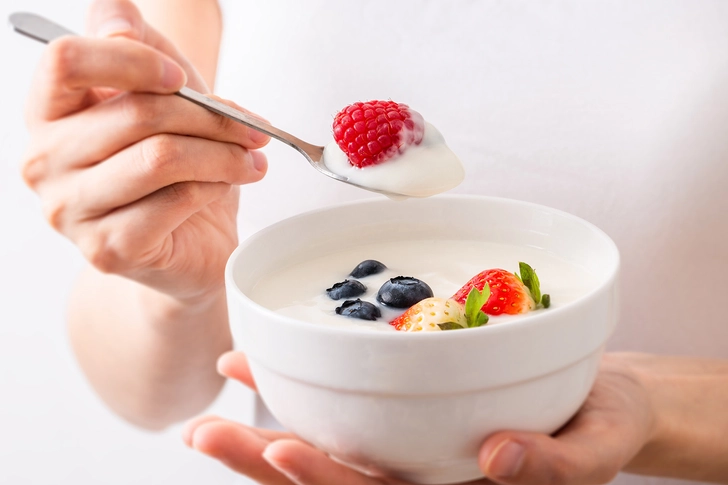
Snack on Yogurt
Not just any yogurt will do. Go for options with live probiotic cultures and no added sugar. This will give your gut health a boost and strengthen your defenses against yeast.
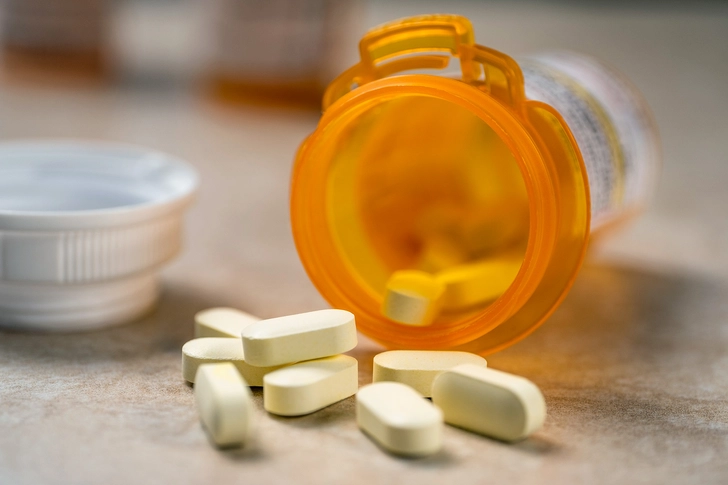
Don’t Overtreat
Sometimes irritants or changes to your period can mirror yeast infection symptoms. If you assume you have a yeast infection – and treat it with medication – when you don’t, you could actually raise your risk for one. Check with your doctor before diagnosing yourself.

Keep Tabs on Your Health
Conditions that lower your immunity, such as HIV, or raise your blood sugar, such as diabetes, can put you at a greater risk of infection. Frequent yeast infections might mean it’s time to see your doctor.

Check Your Meds
It’s common to get a yeast infection when you’re taking antibiotics, which kill bacteria – both bad and good – in your body. Make sure you’re taking them only when necessary, and tell your doctor about your yeast infection connection.
IMAGES PROVIDED BY:
- knape / Getty Images
- Lilly Roadstones / Getty Images
- KATERYNA KON/SCIENCE PHOTO LIBRARY / Getty Images
- Peter Dazely / Getty Images
- ChristopherBernard / Getty Images
- Peter Dazeley / Getty Images
- HUIZENG HU / Getty Images
- Tetra Images / Getty Images
- SDI Productions / Getty Images
- Jose Luis Pelaez Inc / Getty Images
SOURCES:
University Hospitals: “6 Tips That Can Help You Avoid a Yeast Infection.”
MyHealth.Alberta.ca: “Vaginal Yeast Infection: Care Instructions.”
InformedHealth.org: “Vaginal yeast infection (thrush): Overview.”
Mayo Clinic: “Yeast infection (vaginal).”